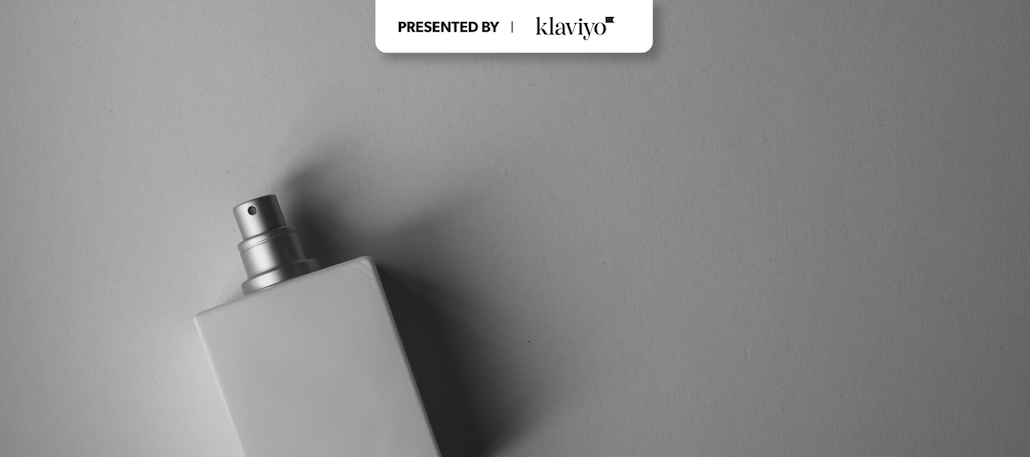This story is part of Glossy’s “Look Ahead” series breaking down what brand and retailer executives can expect from the fashion and beauty landscapes in 2024. Click here for more stories in this series.
After a knockout year of sweeping sales, powerful acquisitions and innovative launches, the fragrance category shows no signs of slowing down.
According to Jacquelyn Wenskus, beauty industry analyst at Circana, 2023 holiday fragrance sales surpassed year-over-year numbers weeks ago. “Fragrance sales were off to a strong start in the fourth quarter, with dollar sales through December 2 up 12%, compared to 2022, and already almost on par with total Q4 sales generated in 2022,” she said.
Historically, fragrance sales tend to soar in the three weeks ahead of Christmas, Wenskus added, so final numbers are primed to blow past last year’s sales data.
Retailers like Sephora are counting on a surge: The retailer is currently offering 20% off full-size fragrances for Beauty Insiders until December 24. The retailer also plans to launch at least one new fragrance collection on December 26 — an ethyl alcohol-free line from Clean Reserve targeted toward sensitive skin — when shoppers arrive in-store with holiday gift cards.
This comes on the heels of a monumental year for fragrance previously reported by Glossy. During the first half, LVMH’s fragrance and cosmetics division grew by 13% year-over-year, and L’Oréal’s Luxe division reported double-digit fragrance growth across all regions. Important acquisitions also made headlines: Kering, which is owned by Gucci, acquired Creed for $3.83 billion, and L’Oréal scooped up Aesop for $2.5 billion.
As the rolling success of the fragrance industry continues, many experts believe that the next big opportunity could be rooted in sustainability. The refillability category in fragrance has been slowly growing through the year with leaders in the space betting on the long-term potential of fragrance refills.
“The concept of refillable fragrances has existed for decades, but it hadn’t quite caught on until more recently,” Circana’s Wenskus told Glossy. “There is a newfound interest in refillable fragrances, with one in five fragrance consumers reporting a preference to purchase from a brand that offers refillable options. … That said, the size of the refillable market is still small relative to the total fragrance industry, so there is a lot of opportunity here.”
Seizing on this opportunity are several beauty conglomerates, which have primarily leaned into hero SKUs.
Dior launched its top-selling Sauvage Eau De Parfum in 2015, before rolling out a 300-milliliter refill in 2020. The refill is sold in a recycled and recyclable aluminum bottle, which the brand says helps preserve the scent for longer by reducing light exposure. Dior’s 100-milliliter bottle of Sauvage Eau de Parfum retails for $145, while its 300-milliliter refill costs $330.
When comparing the environmental footprint of four 100-milliliter bottles of Sauvage versus one bottle and a 300ml refill, the brand reduces its energy consumption and greenhouse gas emissions by 60%, plus 62% of waste and 53% of water, according to Dior.
This strategy only works, however, for original bottles that are created with a removable top, which many are not.
Burberry, for example, took a different approach when it launched its first-ever refill earlier this year. Instead of starting with its best-sellers, the brand launched Goddess, its newest Eau de Parfum, in a refill-friendly bottle. Both the 100-milliliter Goddess Eau de Parfum and the Goddess refill are priced at $168, but the refill offers a third more of the product, at 150 milliliters.
Both Ulta Beauty and Sephora stock a growing selection of refills. Both retailers are focused on best-sellers like Acqua di Gio by Armani, Good Fortune by Viktor & Rolf and Paradoxe by Prada. Kilian Paris, Maison Margiela and Guerlain also offer a wide variety of refills on several scents, and Diptyque Paris launched its first-ever refillable candle collection in September. As one might assume based on these offerings, much of the innovation is coming from Europe, where the private sector has a larger appetite for sustainability. According to the Environmental Performance Index, a report created by Yale University to quantify, compare and analyze environmental performance across 180 countries, Europe soars above all other regions. Denmark, The United Kingdom and Finland top the 2022 list, and a non-European country doesn’t appear until Australia, which ranks at No. 17.
One of the largest and most dynamic experiments of the year came from L’Oréal Group, which partnered with U.K. fragrance retailer The Perfume Shop to beta test a new multi-brand refill station at the retailer’s Nottingham store. Eight formulas are available for refill, which include best-sellers from YSL, Armani, Prada, Mugler and Lancôme. Similar to the cost structure used above, customers save around 30% off the cost of a new bottle when refilling.
“The benefits of refillable bottles are clear when it comes to reducing single-use packaging, but there is also an upside when it comes to sales,” said Wenskus. “Sales generated by refillable bottles and the refills themselves still only account for 5% of prestige fragrance sales in the U.S., but they’re growing fast. Sales are up 69% compared to two years ago.”




